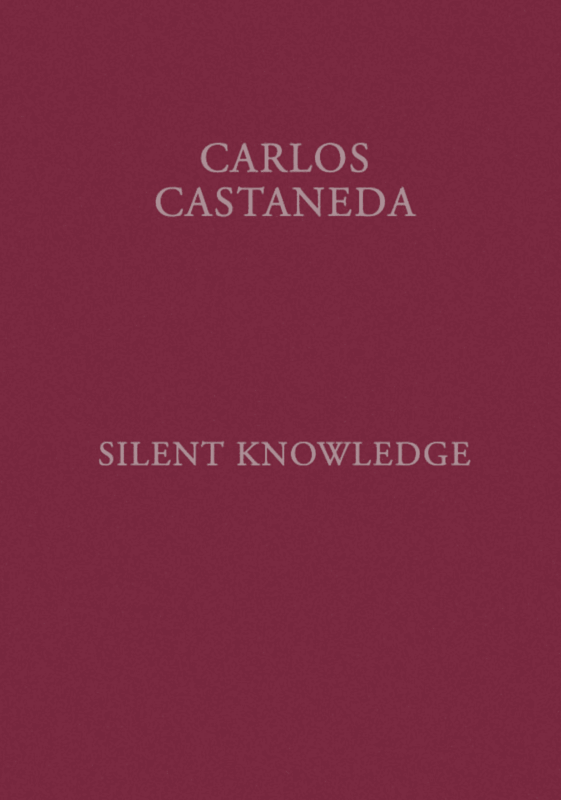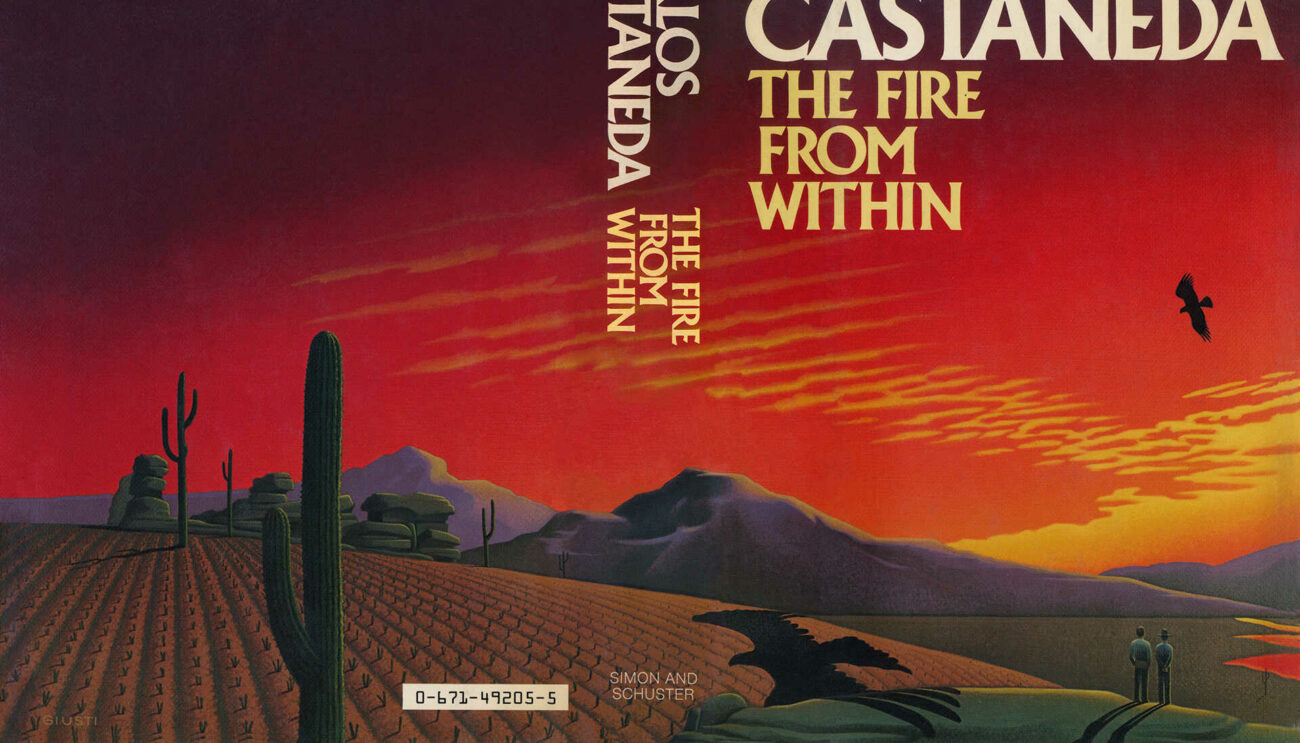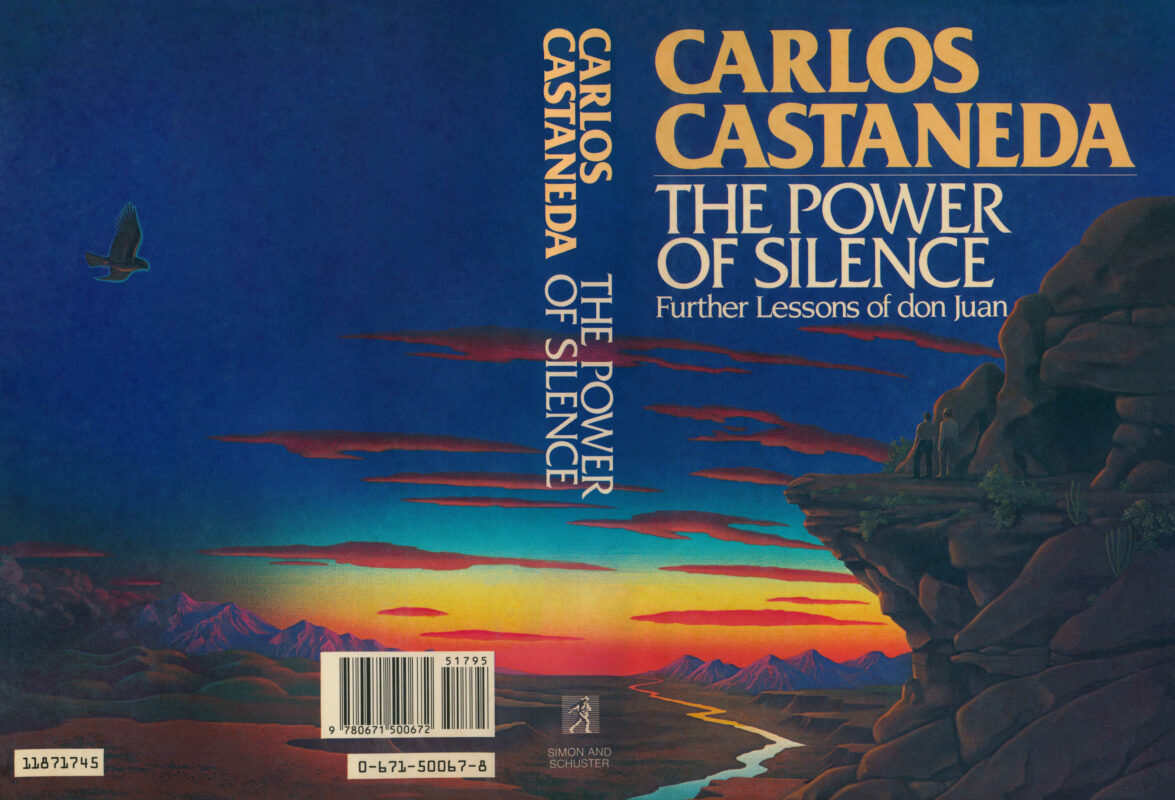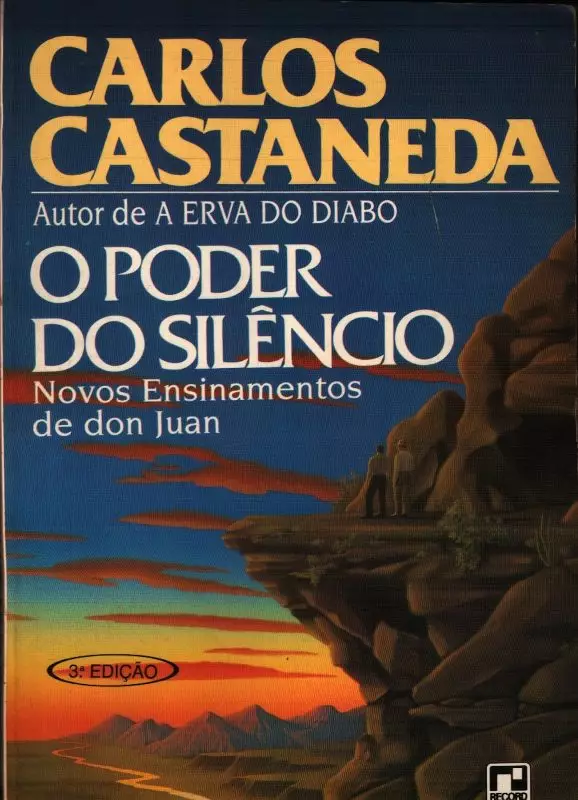Stalking, Intent and The Dreaming Position – The Fire from Within
Don Juan continues his teachings on the mastery of awareness, introducing the three cornerstones of the new seers’ practices: the mastery of stalking, the mastery of intent, and the mastery of dreaming. He explains that stalking, a systematic control of behavior, subtly shifts the assemblage point and was uniquely developed by the new seers to handle people. The mastery of intent involves understanding and purposefully guiding “will,” the energy of alignment that shapes perception. Don Juan then elaborates on dreaming, revealing it as the most effective way to move the assemblage point, starting with its natural shift during sleep. He details the dangers of dreaming, stressing the necessity of sobriety and the warriors’ way to cultivate the inner strength needed to guide the assemblage point. Castaneda witnesses Genaro’s dreaming body in action, a non-human luminous blob, and learns that true mastery allows one to wake up in different “dreaming positions.” The chapter emphasizes that impeccability and unbending intent are key to achieving these shifts and the full potential of a warrior, enabling even collective dreaming among seers.
Stalking, Intent and The Dreaming Position – The Fire from Within Read More »




